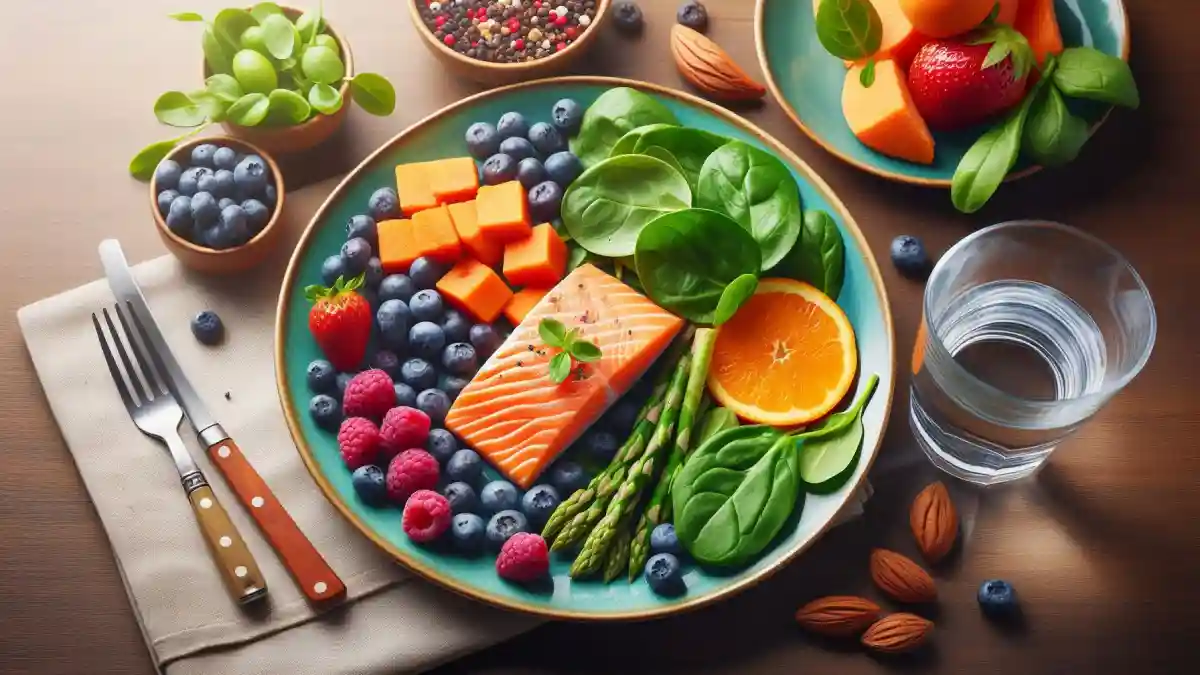Maintaining healthy blood pressure is crucial for overall well-being, and diet plays a significant role in managing it. By incorporating certain foods into your meals, you can help keep your blood pressure in check. Here’s a comprehensive look at foods that are beneficial for blood pressure and how they can help you lead a healthier life.
Understanding Blood Pressure
Blood pressure is the force of blood against the walls of your arteries. High blood pressure, or hypertension, can lead to serious health issues, including heart disease and stroke. While medication may be necessary for some individuals, dietary choices can significantly impact blood pressure levels.
Key Nutrients for Blood Pressure Management
Potassium: This mineral helps balance sodium levels in the body, which is crucial for blood pressure control. Foods rich in potassium include:
- Bananas: A convenient and tasty snack that’s high in potassium.
- Sweet Potatoes: Packed with vitamins and a great source of potassium.
- Spinach: A versatile leafy green that can be added to salads, smoothies, and soups.
Magnesium: Essential for maintaining normal blood pressure, magnesium-rich foods include:
- Nuts and Seeds: Almonds and pumpkin seeds are excellent snacks that provide magnesium.
- Legumes: Beans and lentils are not only high in protein but also in magnesium.
- Whole Grains: Oats and brown rice are great sources of this important mineral.
Calcium: Adequate calcium intake can help regulate blood pressure. Incorporate the following foods into your diet:
- Dairy Products: Low-fat milk, yogurt, and cheese are rich in calcium.
- Leafy Greens: Kale and collard greens are also great non-dairy sources.
Heart-Healthy Foods
In addition to specific nutrients, certain foods are particularly beneficial for heart health and blood pressure management:
- Berries
Berries, especially blueberries, are high in antioxidants and flavonoids, which can help lower blood pressure. Enjoy them fresh, in smoothies, or as a topping for yogurt. - Beets
Beets are rich in nitrates, which can help improve blood flow and lower blood pressure. Roasted beets, beet juice, or even beet smoothies are delicious ways to incorporate this root vegetable. - Oily Fish
Fatty fish like salmon, mackerel, and sardines are high in omega-3 fatty acids, known for their heart health benefits. Aim for at least two servings of fish per week. - Dark Chocolate
Yes, you read that right! Dark chocolate (with at least 70% cocoa) can help lower blood pressure thanks to its flavonoids. Enjoy a small piece as an occasional treat. - Garlic
Garlic contains allicin, a compound that has been shown to have a positive effect on blood pressure. Add fresh garlic to your cooking for flavor and health benefits. - Olive Oil
Extra virgin olive oil is rich in healthy fats and antioxidants, making it a great choice for dressing salads or drizzling over cooked vegetables.
Tips for a Blood Pressure-Friendly Diet
- Limit Sodium Intake: Aim for less than 2,300 mg of sodium per day, or 1,500 mg if you have high blood pressure.
- Eat Plenty of Fruits and Vegetables: Aim for at least five servings of fruits and vegetables each day.
- Choose Whole Grains: Swap out refined grains for whole grains to increase fiber intake.
- Limit Alcohol: Keep alcohol consumption to moderate levels—up to one drink per day for women and two for men.
- Stay Hydrated: Drink plenty of water to support overall health and blood pressure.
Conclusion
Incorporating these foods into your diet can significantly impact your blood pressure and overall health. Remember that a balanced diet, combined with regular physical activity and healthy lifestyle choices, is key to managing blood pressure effectively. Always consult with a healthcare professional for personalized advice, especially if you have existing health conditions. By making informed dietary choices, you can take proactive steps towards better heart health.

